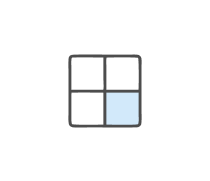An Advanced Software Development Patterns (Sdp) Practice Test!
- IEEE SWEBOK
- ACM CS2013
2.
You may optionally provide this to label your report, leaderboard, or certificate.
Submit
Submit
Submit
Submit
Submit
Submit
×
Thank you for your feedback!
















